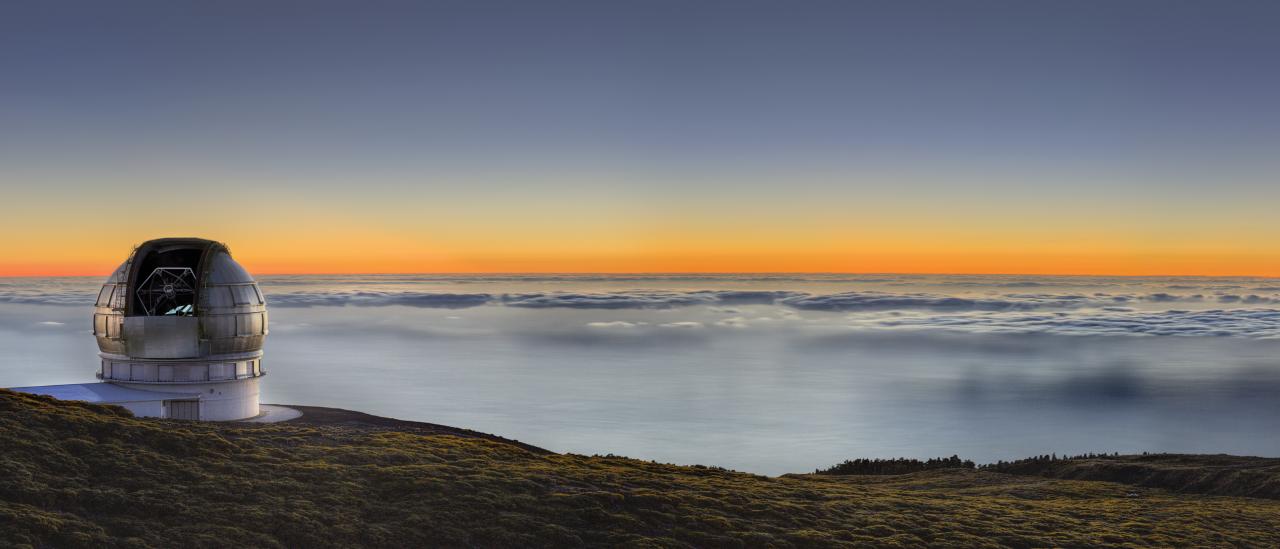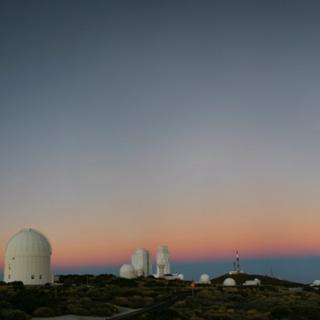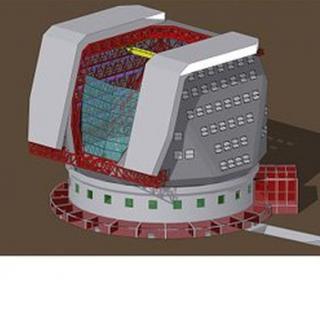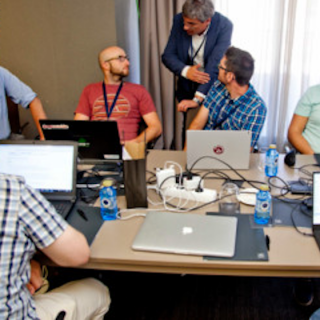Related grants:
General
The Severo Ochoa Center of Excellence Accreditation is awarded by the Government of Spain to recognize, reward and promote outstanding scientific research in Spanish centres and units with a high level of excellence in the international arena. The specific objectives of the Severo Ochoa programme are:
- Improve the capacity of high-level research centres to organize and carry out their investigations.
- Improve their ability to attract, recruit, train and retain talent
- Encourage their relationship with other reference centres
- Disseminate research results to the general public
Accreditation as a “Severo Ochoa Centre or Unit of Excellence” is valid for four years and includes a grant of one million Euros per year during this period.
A limited number of Severo Ochoa centres or units of excellence are accredited each year. At the end of their four-year accreditation period they may apply again for accreditation.
The Severo Ochoa Program supports exploration and discovery using major world facilities, further physical insight, advanced modeling and generation of new knowledge in key areas of astrophysics with impact on fundamental physics, chemistry and geophysics.
The IAC aims to achieve major advances in the understanding of the laws that govern the origin and evolution of the various forms of matter/energy in the Universe. The Program addresses key problems on: very high energy phenomena in the Big Bang and around black holes, the genesis of cosmic and gamma-rays, formation and evolution of galaxies, the life cycles of stars, physics under strong gravity fields, the physics of magnetic fields in the Sun, and the detection and characterization of Earth-like planets in nearby stars.
The center will use a large variety of cutting edge ground/space facilities and attract new excellent young/senior researchers to develop advances and breakthroughs in physical modeling, computer simulation and Technology.
The Program will intensify international cooperation and exploitation of an exceptional set of observational facilities to achieve leadership in 5 key areas of astrophysics where the center has obtained outstanding results and major advances are expected. Those key research lines are:
- Solar Physics
- Exoplanetary Systems and Solar System
- Stellar and Interstellar Physics
- Formation and Evolution of Galaxies
- Cosmology and Astroparticles
The IAC researchers have more than 40 active collaborations with research groups from all over the world and participate in more than 20 large international consortia.
Promoting staff exchange has been the IAC policy in the past 20 years. In this way, the Severo Ochoa Project is contributing with a specific Mobility Program to foster stays of IAC staff in top-level international research institutions. Mobility of permanent staff researchers and Ramón y Cajal fellows facilitates a more sustained collaboration with other research groups, and thus increases the links between the IAC and foreign experts.
The Severo Ochoa mobility programme also aims to offer a SO Senior Visitor Programme at IAC for group leaders and senior staff from centers of major international relevance. Two different schemes are available: long stays, of 6-12 months, and shorter stays , of 1-3 months.
The IAC has the most advanced infrastructure, worldwide connectivity and technology equipment available for its technical support activities and for its own astrophysics projects and those of other external organizations.
For the proper implementation of the Severo Ochoa Program, the IAC has involved its Technology Division which includes laboratories for optics, electronic design, software, astronomical image and sensors, mechanical assembly and commissioning, dimensional metrology, among others, as well as key workshops for assembly, integration and verification of large instruments, technical delineation, instrumental maintenance, mechanics and electronics.
The IAC develops much of the technology for its astronomical research activities in-house. As a result the IAC has become highly proficient in some of the most important areas of knowledge and technology for scientific instrument development. These technical Capabilities are made available to outside organisations as part of the IAC's commitment to other technological and industrial sectors.
The Technology Division is working on up to thirty instrument design and development projects for earth telescopes and space satellites at any one time. Their final construction and scientific exploitation will be essential to accomplish long-term objectives of the Severo Ochoa Program. Some of these new technological projects with IAC involvement are cofunded by the Severo Ochoa Program, after a internal evaluation process based on the leverage effect of the financial support to consolidate IAC's leadership and to accomplish design and construction phases.
Schools supported by the Severo Ochoa program
The Severo Ochoa program includes specific support to international schools organized by the IAC:
- provide partial support to the yearly Canary Islands Winter School on Astrophysics which brings together prestigious professors and ~60 PhDs and postdocs from the whole world.
- provide partial support to one additional Astrophysics School in each of the five lines of research during the duration of the Program
Public communication of astronomy provides an important link between the scientific astronomical community and society, giving visibility to scientific success stories and supporting both formal and informal science education.
Astronomy enriches our culture, nourishes a scientific outlook in society, and addresses important questions about humanity's place in the universe. It introduces young people to quantitative reasoning and attracts them to scientific and technical careers. Sharing what we learn about the universe is an investment in our fellow citizens, our institutions, and our future. As a leading research institution which conduct astronomical research, the IAC is convinced of communicating its results and efforts with the public for the benefit of all.






